Belarus – territory of peace
 Overview
Overview Photos
Photos
July 14, 2014
You probably remember that Belarusian affiliates returned to Gazprom family at the end of 2011. It was then that Beltransgaz became our subsidiary company. Several months later we visited them and, following the visit, posted two stories about our Belarusian colleagues: an interview with Director General Vladimir Mayorov (“Positive example‘) and a photo essay (‘Beltransgaz returns to Gazprom family’).
Almost three years have passed since then. Beltransgaz has been transformed into Gazprom Transgaz Belarus, all the turmoil of the transition period has died down, and, on the eve of July 3 – Independence Day of the Republic of Belarus, on the 70th anniversary of Belarus liberation from Nazi invaders, we go to the hospitable Belarusian land again to find out what is going on and how well is doing the company that has recently turned into the main taxpayer of the country.
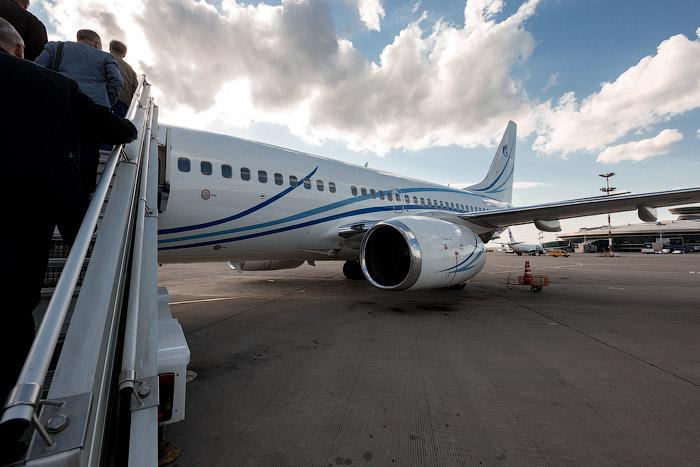
Our trip took place within the visit by leaders of national oil and gas companies of the CIS to the Republic of Belarus. Representatives of Abkhaztop, Gazprom Armenia, Gazprom Neft Asia, KazMunaiGaz, KazRosGaz, Kyrgyzgaz, Latvijas Gaze, Lietuvos dujos, Moldovagaz, Tiraspoltransgaz and, of course, Gazprom Transgaz Belarus were participating.
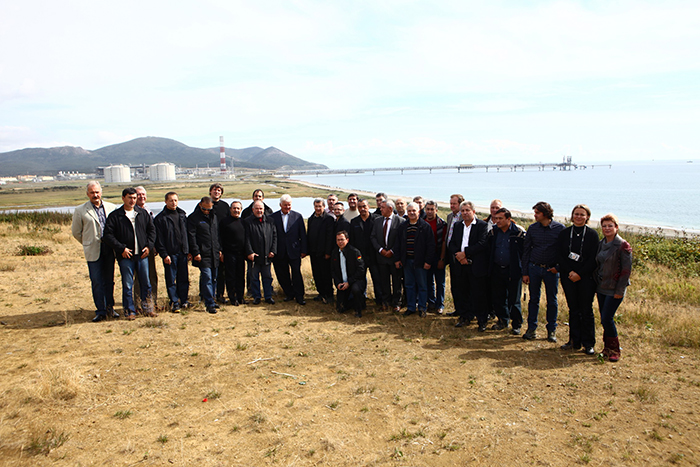
Such meetings take place regularly and in 2011 we wrote about one of them held in the Far East (‘Close Far East’). The archive photo shows the participants of that trip on the Pacific coast near the LNG plant of the Sakhalin II project.
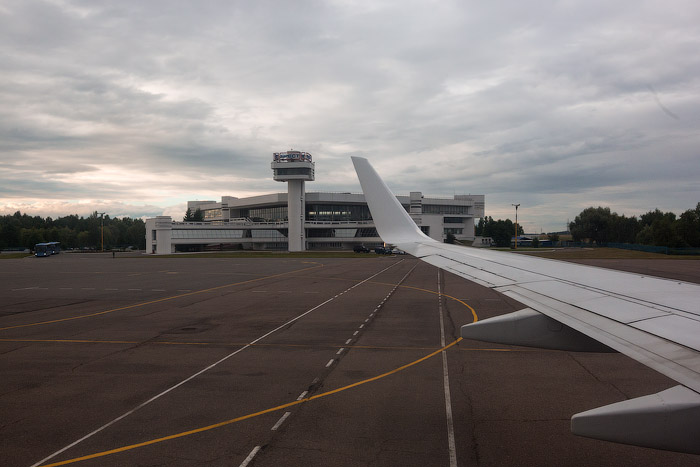
The city of Brest, where we are going this time greets us with gloomy and cool weather.
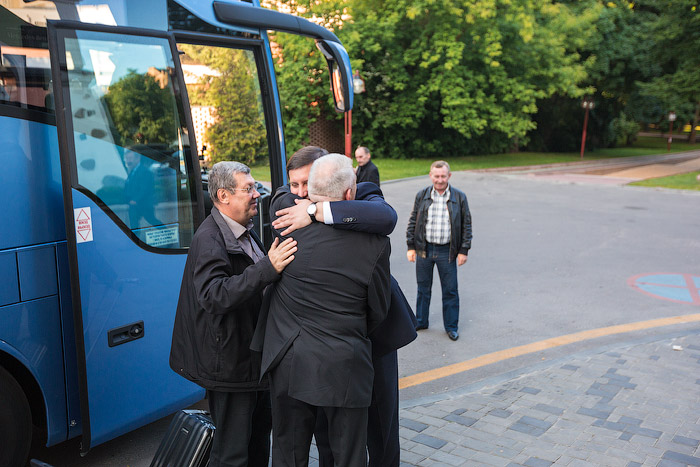
However, after a warm welcome from the hosts the sad mood is gone.
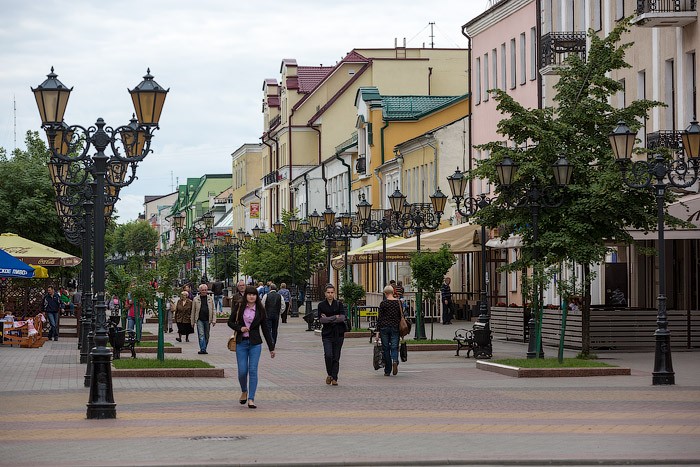
And now, a few words about Brest. This city inhabited by 320 thousand residents is one of the country’s six regional centers. It is a major railway and motorway point.
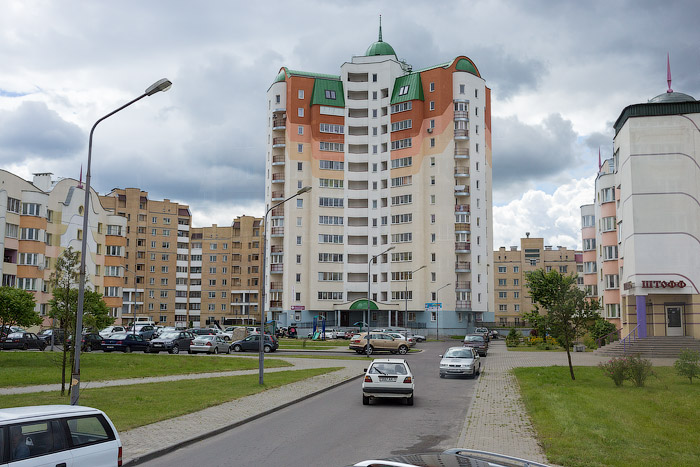
Clean, comfortable and modern – such words primarily come to mind to describe the city.
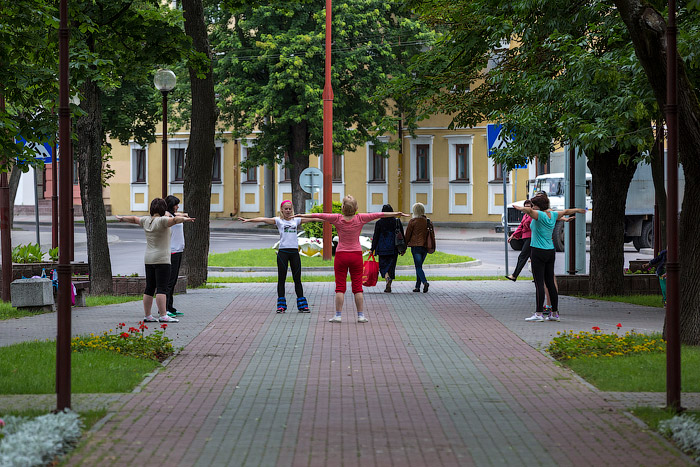
And good for fitness too. :−)
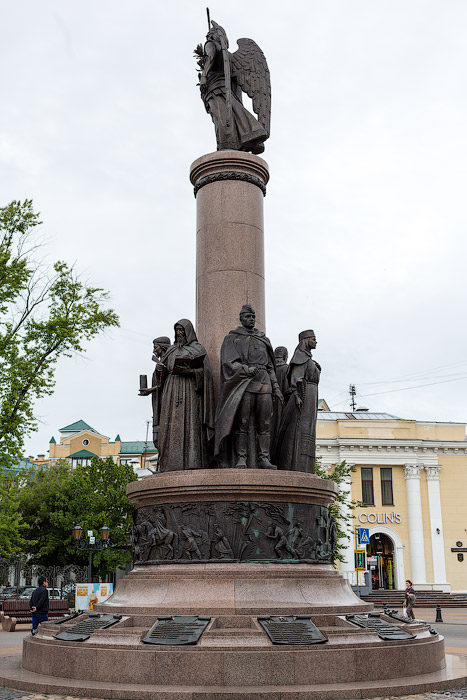
At the same time, Brest has a unique millennial history. It was first mentioned by chronicles in 1019. Only three Belarusian cities – Polotsk, Vitebsk and Turov are older than it. In the photo – a monument dedicated to the milestone events and great names from the history of Brest.

The time of our visit to Brest (June 20–22, 2014) was no accident. Firstly, June 22 marked a sad date – 73th anniversary of the Great Patriotic War. Secondly, on June 3, 2014 Belarus will celebrate the 70th year of the liberation from Nazi invaders. We will get back to this issue later (July 3 is considered the date of the liberation of Minsk and of the entire Belarus, though, as we see from the inscription on the stele, the Republic was fully liberated on July 28.

Rounding off our short tour of the city, we should also mention that Brest is also a big industrial city. The city and the Brest District are included in a largest free economic zone of the country. The Brestgazoapparat joint venture is among the industrial leaders of the city. It manufactures cutting-edge kitchen appliances under brand names LADA, DARINA, FLAMA, GEFEST, TERRA. Gazprom holds a 51 per cent stake in the company.
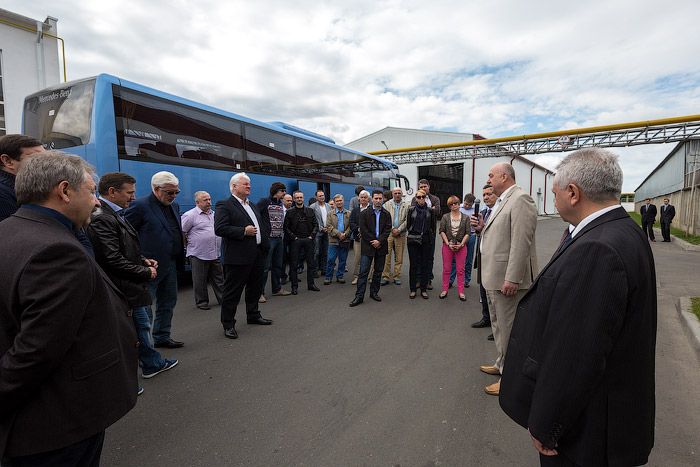
According to the company’s Director General Viktor Kuzminchyuk (right, with a microphone) this holding company, except for the Brestgazoapparat parent company, also includes unitary enterprises Gefest Tekhnika and Gefest Kvarz.
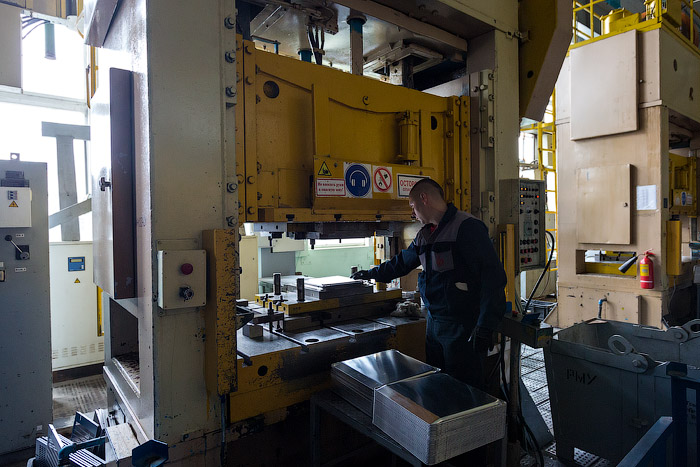
The total number of the company’s employees – some 6,500 people. Its major activities are manufacturing of gas, gas-electric, electric cookers, built-in appliances and air cleaners.
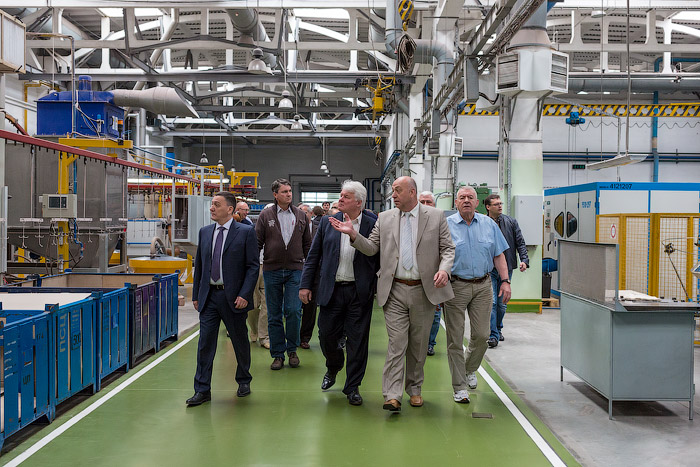
While walking around the workshops of the company Viktor Kuzminchyuk says: ’We annually manufacture around 900 thousand units of stationary cookers. Nearly 80 per cent of our products are exported, with the total share of all our trademarks in the segment of gas stationary cookers in our premium market – Russian Federation – exceeds 50 per cent.”
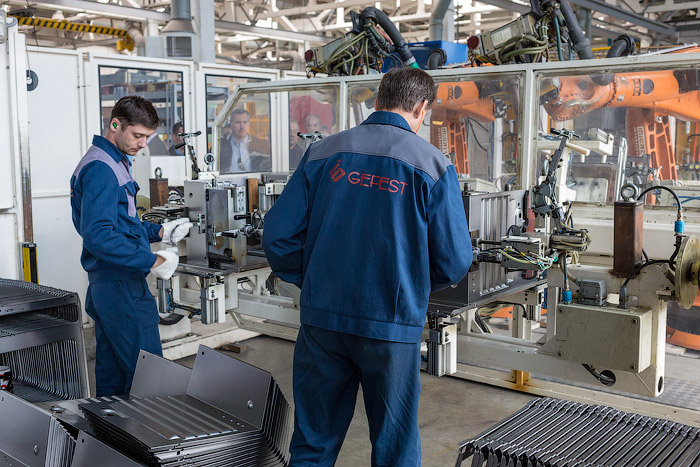
Here are some bottom lines for 2013: we produced 1 million 600 thousand units of home appliances with the total value of some USD 350 million in 15 countries worldwide (mostly in the former USSR republics).
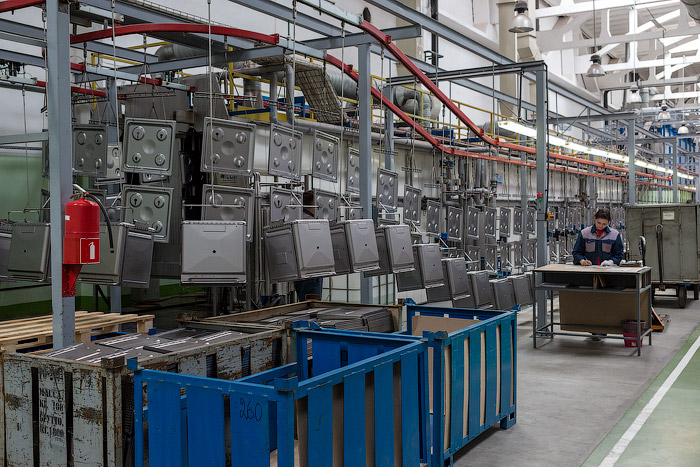
The company has shown impressive performance in the last 9 years (from 2004 to 2013): the increment in manufacture of home floor cookers – over 140 per cent, the growth of export – over 200 per cent, the increase in receipts from sales of goods and services – above 230 per cent.
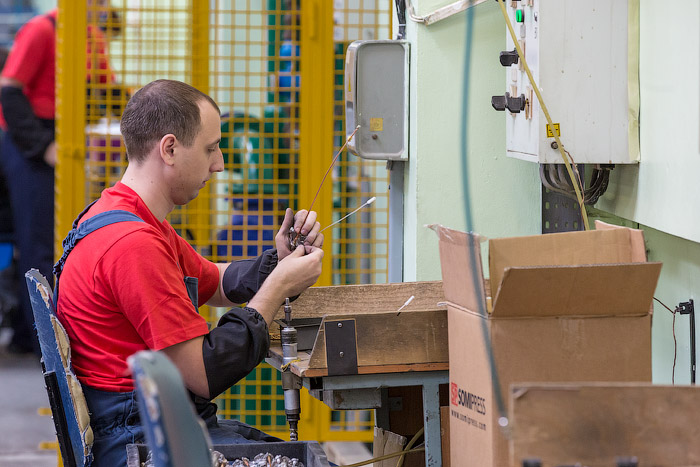
The labor productivity is rising as well. In 2005 the labor productivity by value added per worker was approximately USD 13 thousand and in 2013 it was above USD 23 thousand.

Well-coordinated and highly efficient efforts of the company’s team boost the company’s profits which hovered around USD 76.5 million in 2005–2007 and USD 178.8 million in 2011–2013.
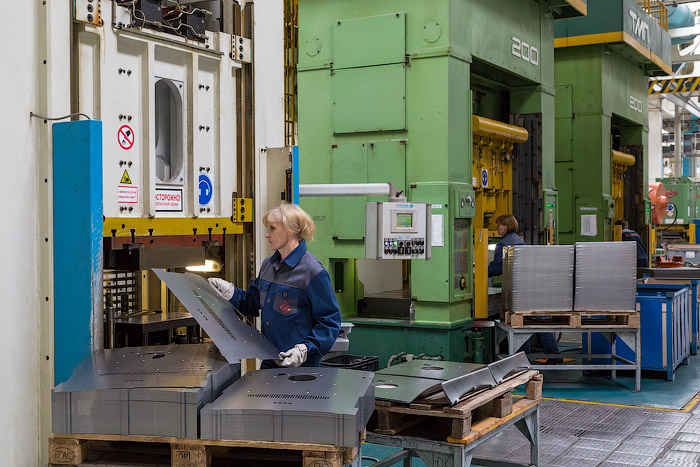
The growing profit, in its turn, helps to build up investments in the main capital. Between 2004 and 2013 they increased from USD 8 to 23 million
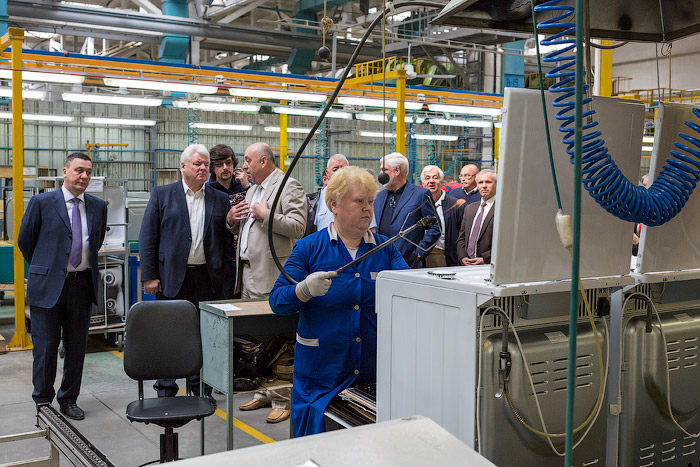
The company’s staff is not neglected as well: the average monthly salary has grown from USD 300 to 800 in the last 9 years.
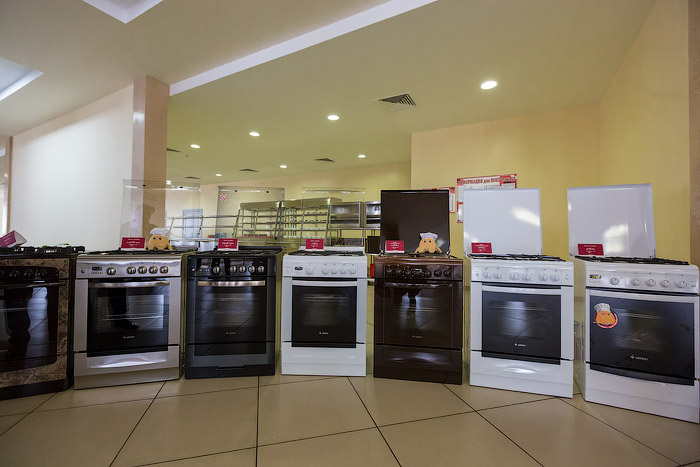
Summing up our visit, we may say that the team of Brestapparat is justly proud of its company
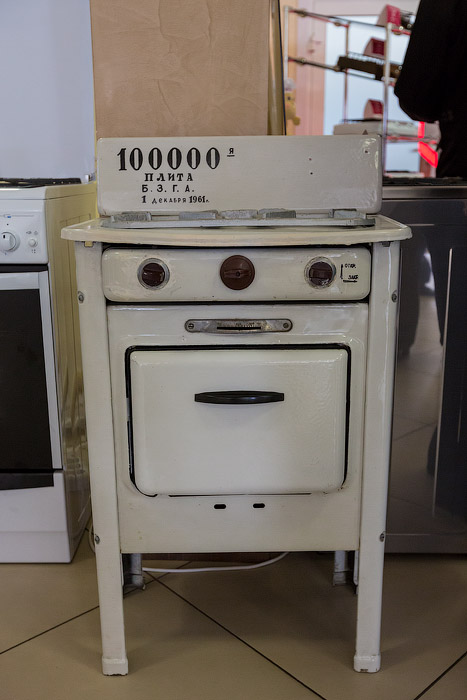
Just like fifty years ago…

Brest citizens manufacture reliable…
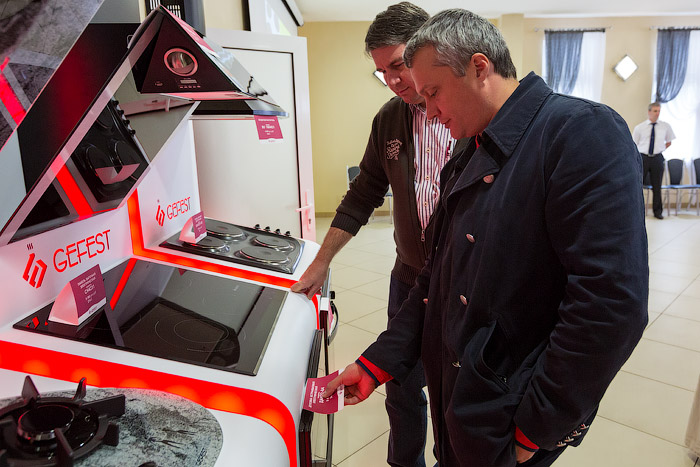
…and modern home appliances. In the photo: Nikolai Vasiliev (forefront), Member of the Supervisory Board of Gazprom Transgaz Belarus and Tomas Sidlauskas, Deputy General Manager of Lietuvos dujos.
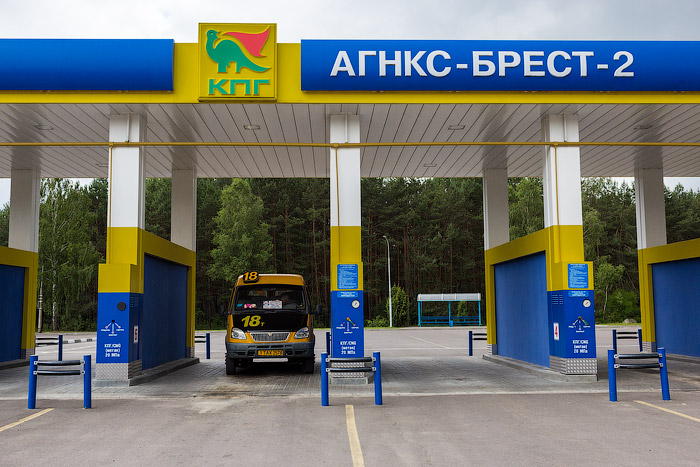
Our next destination was CNG filling station Brest-2.This facility is owned by Gazprom Transgaz Belarus.
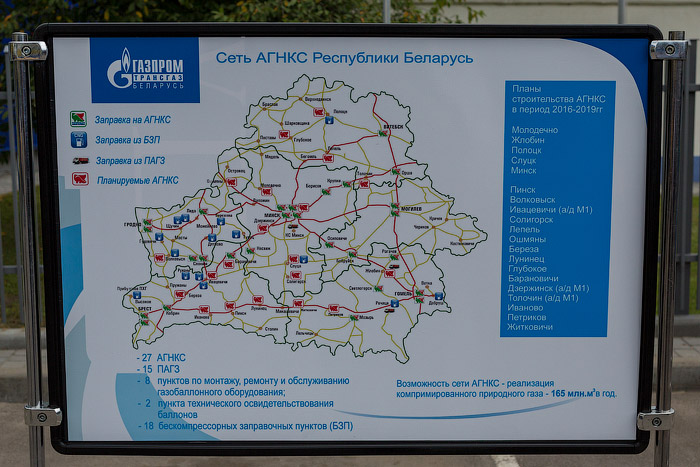
It will be reminded that Gazprom Transgaz Belarus operates some 7,950 kilometers of gas pipelines, 5 linear compressor stations, 3 underground gas storages, 224 gas distribution stations, 26 CNG filling stations and 7 gas metering stations. In 2013 Gazprom Transgaz Belarus attained record high operating results. The company secured the maximum volume of gas transit in the last five years – 48.8 billion cubic meters and the all-time transit maximum via the Yamal – Europe gas pipeline – 34.5 billion cubic meters.
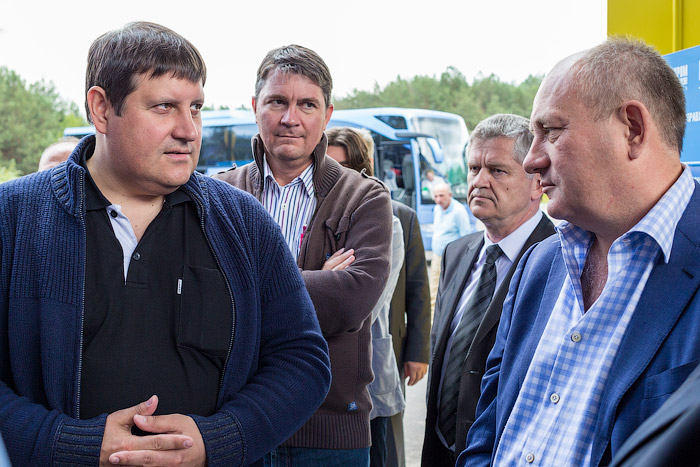
”Our records are not limited by this,” said Vladimir Mayorov (left), Director General of Gazprom Transgaz Belarus. “On January 30, 2014 we set the record in natural gas supplies to Belarusian consumers – 102 million cubic meters per day. Over 17 million cubic meters of gas was withdrawn from our underground gas storage (UGS) facilities on this day, including 10 million cubic meters from the upgraded Mozyrskoye UGS facility. These were unconditional records in the fifty-year history of the Belarusian gas transmission system. And there were no limits on gas supplies to Belarusian consumers during that period of time.” In the photo (right) – Vitaly Markelov, Deputy Chairman of the Gazprom Management Committee.
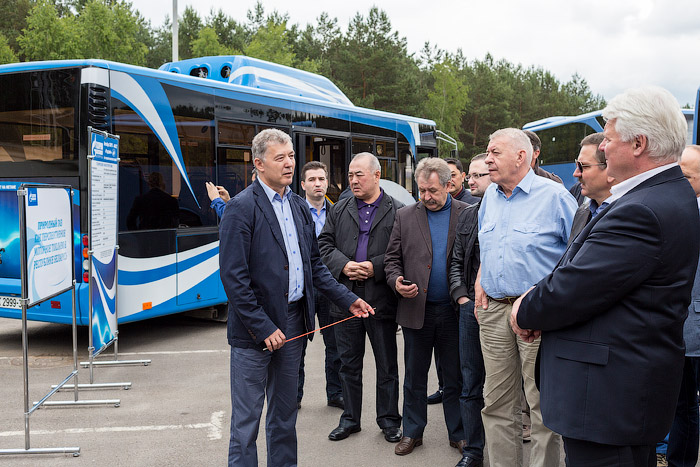
Dmitry Annnyuk (left), Deputy Director General of Gazprom Transgaz Belarus takes the floor after Vladimir Mayorov: "The increase in our demand was met by Gazprom’s recently commissioned new gas production, processing and transmission capacities fed, in particular, from the Bovanenkovskoye field. Another key factor was the Program for UGS facilities development in the Republic of Belarus until 2020. It provides for gradually developing the capacities of the Mozyrskoye and Pribugskoye UGS facilities." In the photo (right) – Valery Golubev, Deputy Chairman of the Gazprom Management Committee.

The domestic NGV fuel market development is a new strategic line of activity in the Belarus gas sector.
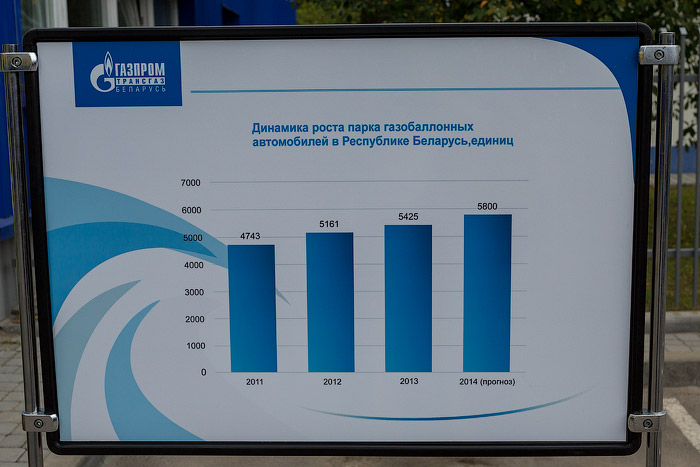
Several presentation boards contained most updated information on this issue.
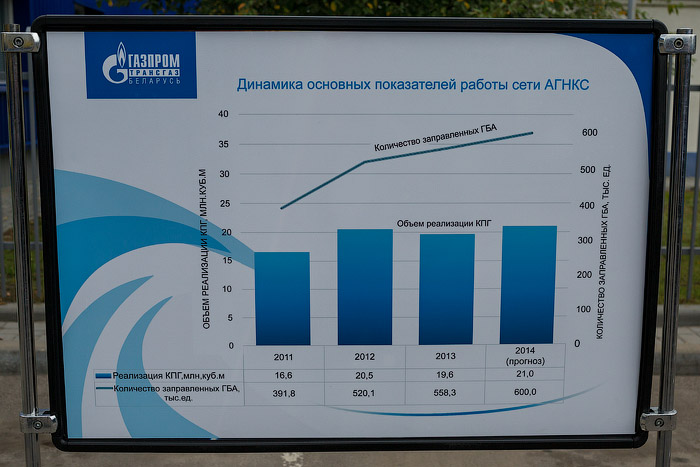
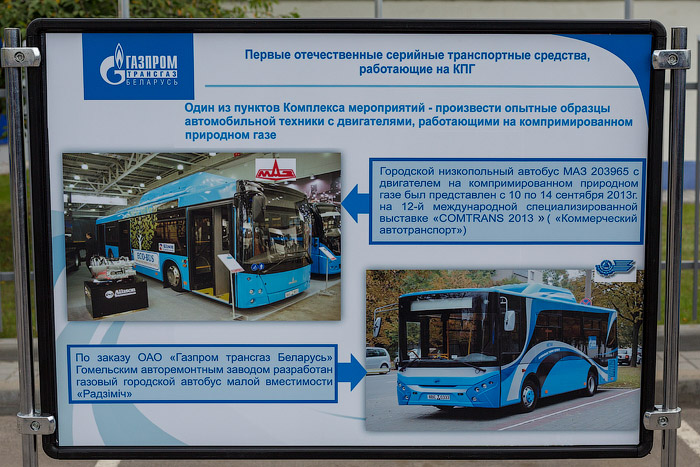
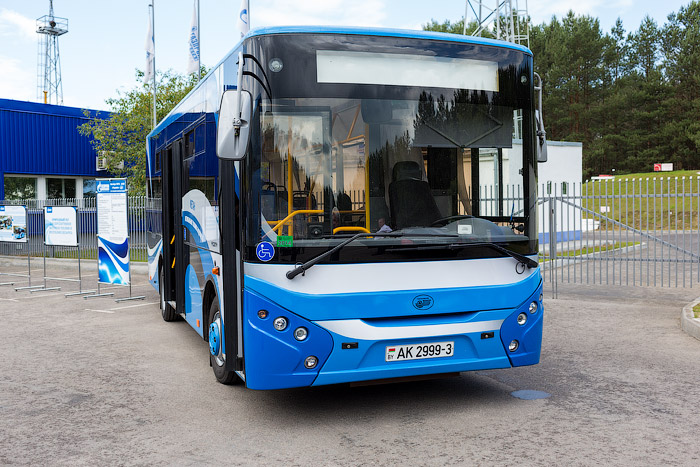
One could see at the station a real city gas bus – GAR3-A422 Radzimich model, mentioned in the displayed materials.

The bus interior looks comfortable.
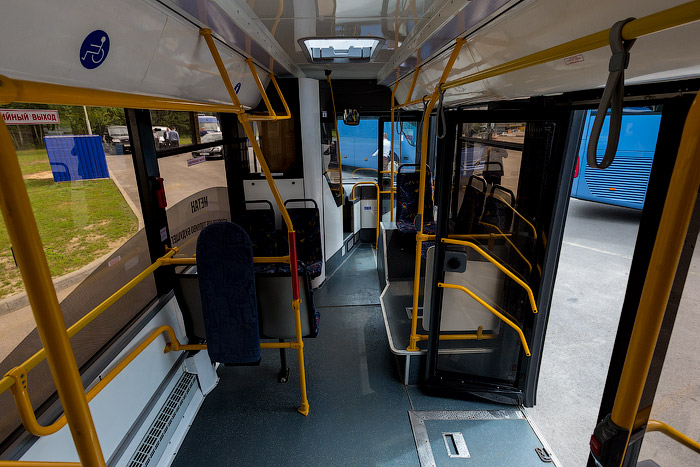
The low-floor bus is fully adapted for physically challenged people.
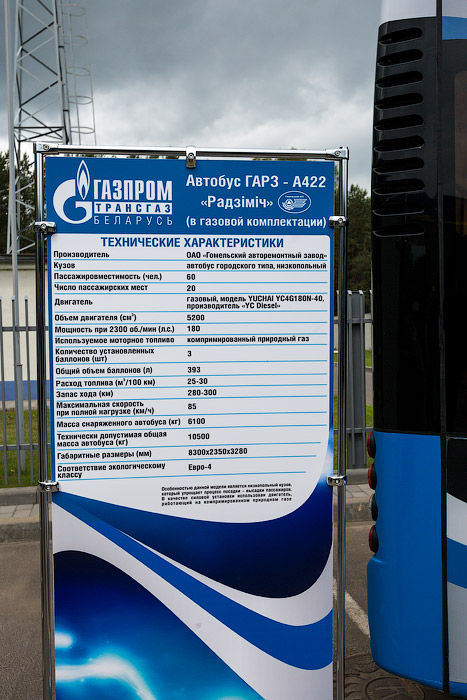
Those who want some technical details, may read them on a board.

Meanwhile things went on as usual at the CNG filling station.
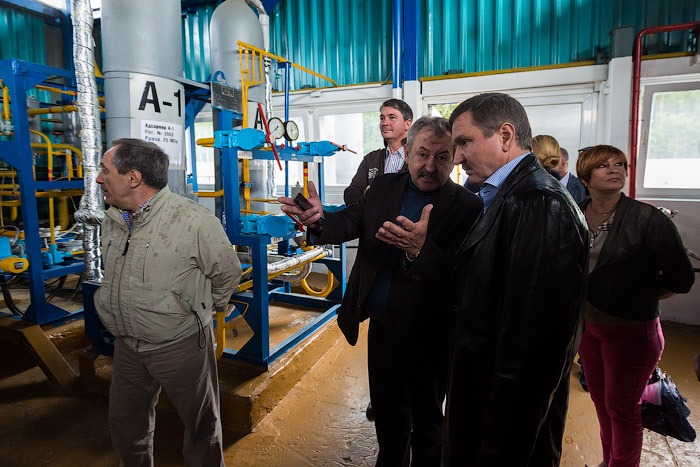
Built in 1986, the station can nowadays provide up to 500 refills a day (there is one more CNG filling station in the city). The NGV fleet in Brest currently accounts for 600 cars. In the photo (forefront) – Yaroslav Golko, Head of the Investment and Construction Department.
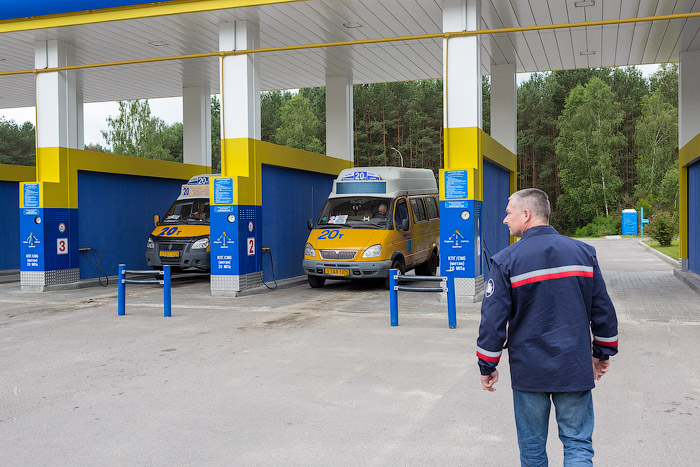
The price of methane at the filling station makes up 33–35 per cent of the diesel fuel cost.
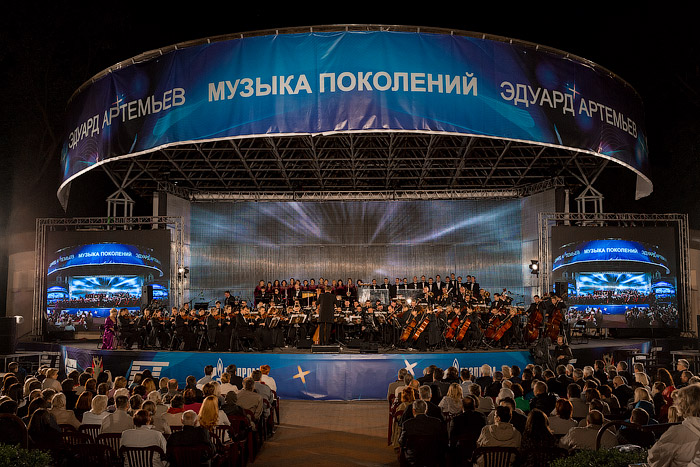
And now, as promised, we get back to the subject of the Great Patriotic War. All the more so, as Gazprom has an immediate relation to the memorable events we are going to talk about.
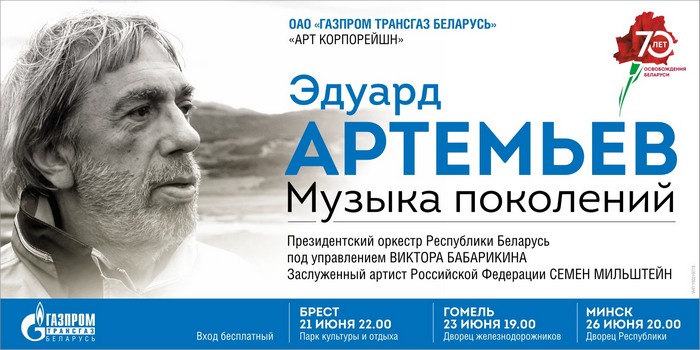
As part of the celebrations dedicated to the 70th anniversary of liberation of Belarus from Nazi invaders, Gazprom Transgaz Belarus held the Music of Generations charitable campaign. It included a series of three concerts engaging the Presidential Orchestra of the Republic of Belarus, Honored Artist of Russia Eduard Artemiev and Merited Artist of Russia Semyon Milshtein.
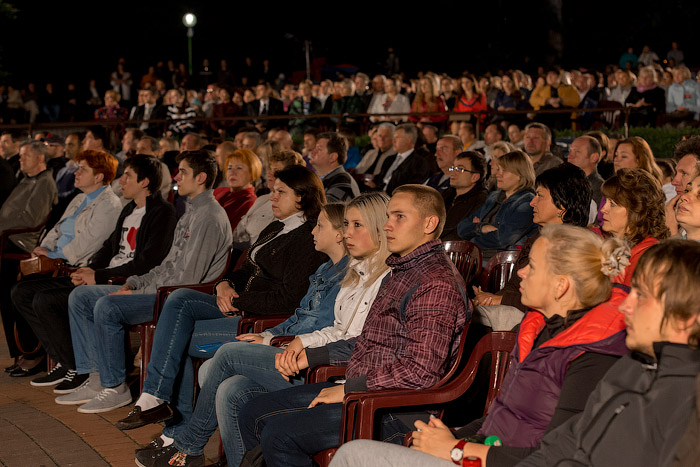
The campaign was initiated in Brest at the Park for Recreation and Leisure (two more concerts were held in Gomel and Minsk). Despite the late hour and the cool weather, several thousand spectators gathered in the Park.
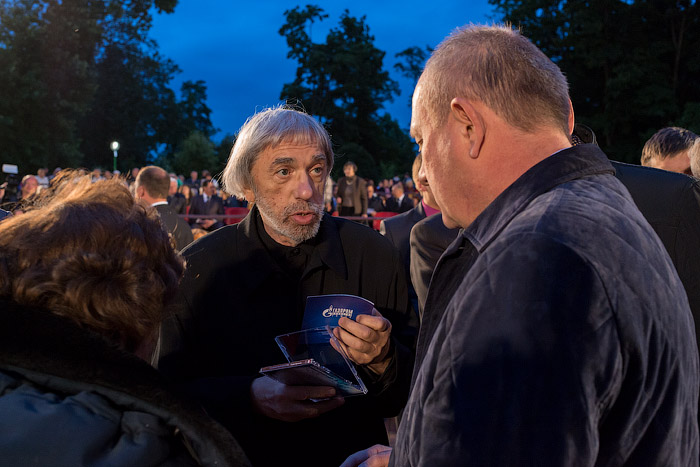
Eduard Artemyev attended the concert in person.

Semyon Milshtein is playing solo.

During the concert the screens were showing movie clips from the films for which the music played by the orchestra was composed.
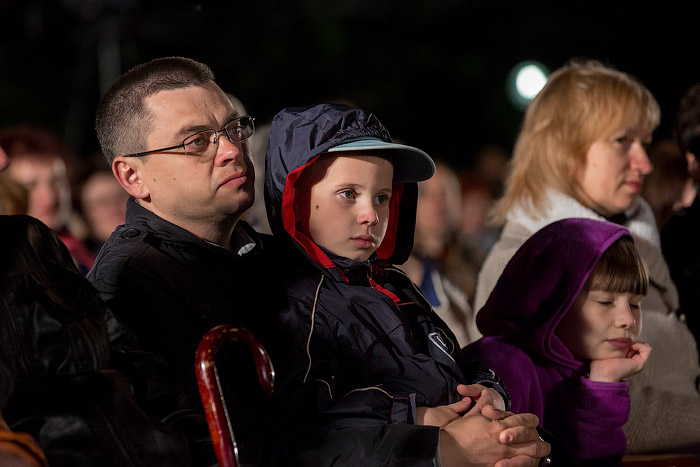
The soulful music by maestro Artemyev found a ready response from the audience. After the concert he was talking with spectators and signing autographs for more than an hour.
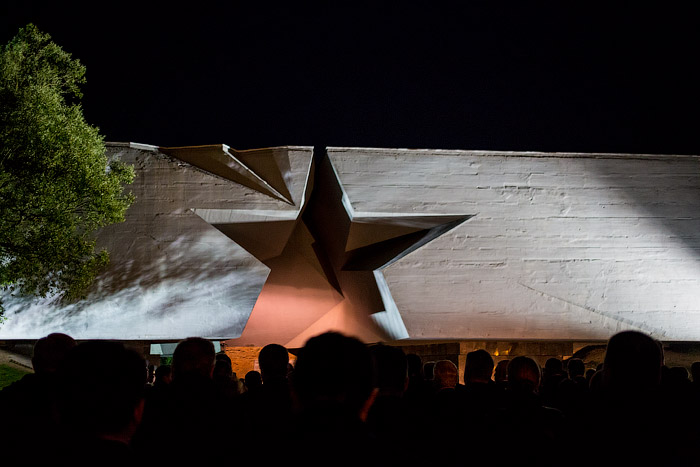
The Music of Generations campaign was dedicated to the inauguration of a new museum exhibition at the Brest Hero-Fortress, which was staged with the support of Gazprom.
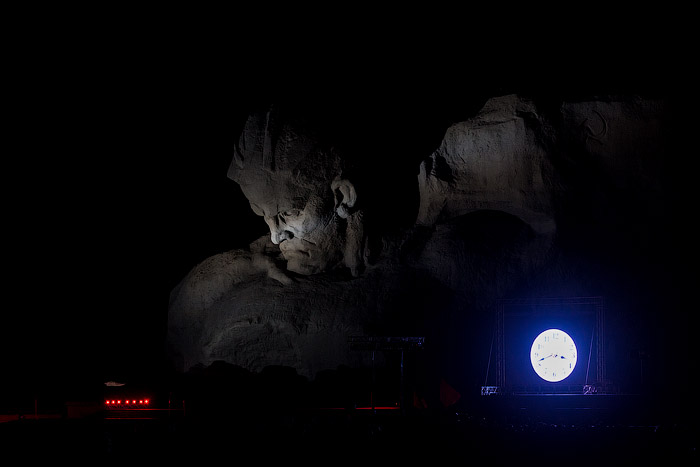
A mourning rally began at the Brest Fortress at 4.00 am on June 22, on the occasion of the 73th anniversary of the Great Patriotic War.
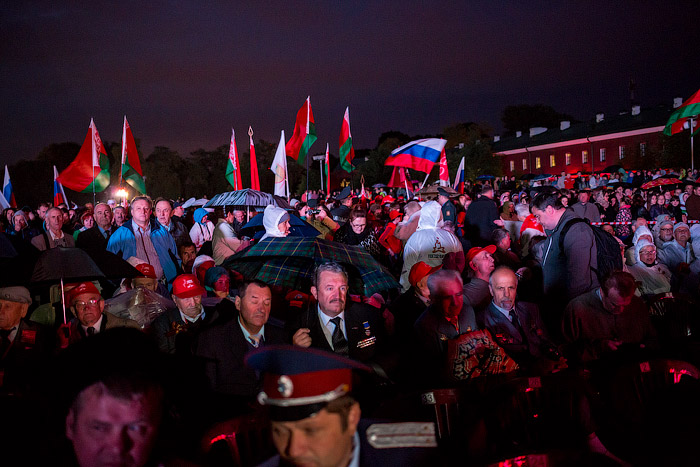
The rally brought together a lot of people not only from Brest, but from other cities as well.
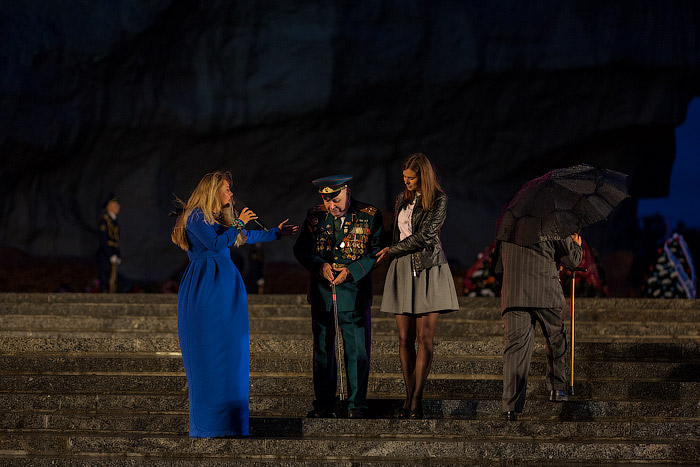
Particular attention was paid to the few veterans.
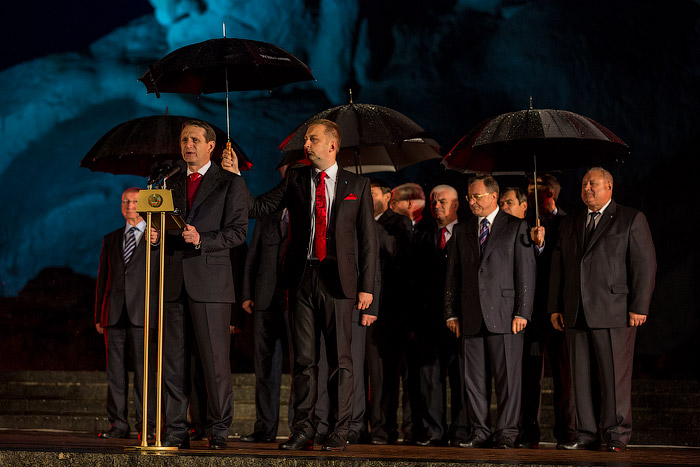
After short speeches (Sergey Naryshkin, Chairman of State Duma at the microphone)…
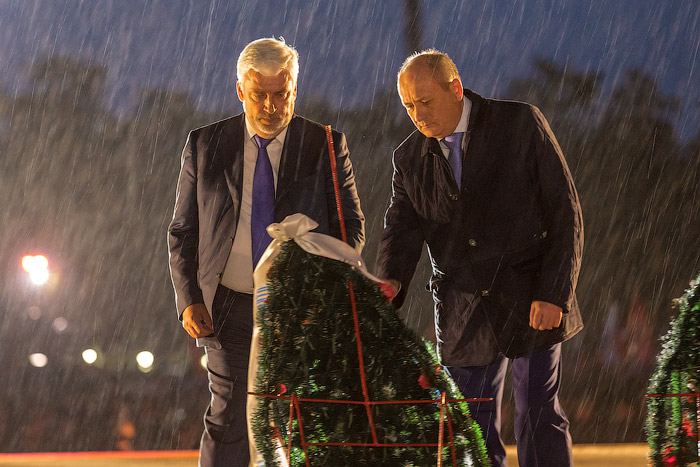
a wreath laying ceremony took place. In the photo – Alexander Meshkov, Chairman of the Gazprom Transgaz Belarus Supervisory Board, Deputy Head of the Administration of the Gazprom Management Committee – Adviser to the Chairman of the Gazprom Management Committee and Vitaly Markelov, Deputy Chairman of the Gazprom Management Committee.

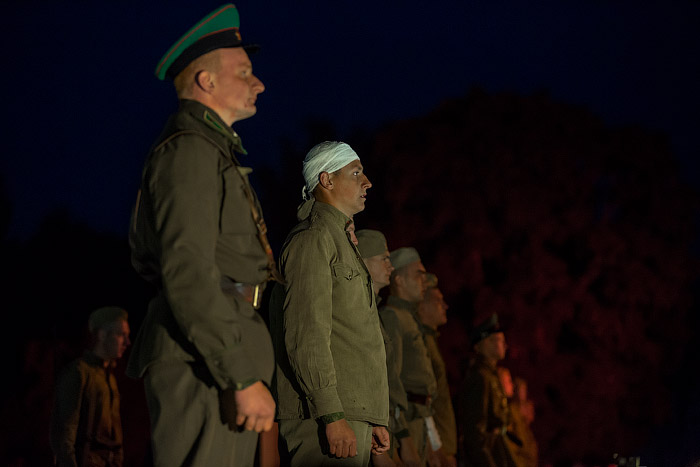
The rally participants saw a reenactment of the Brest Fortress assault.
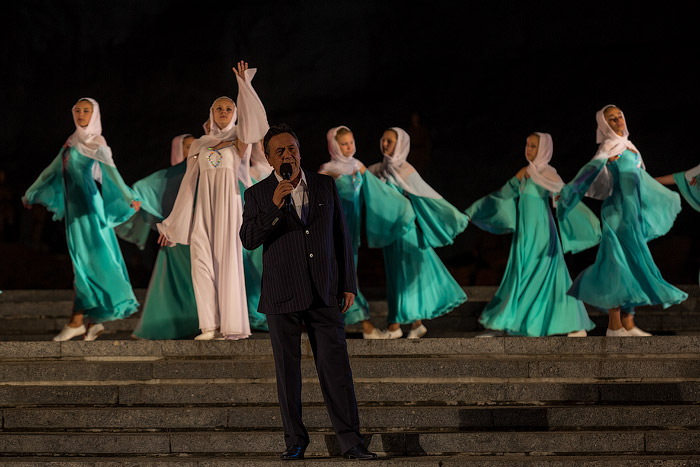
In memory of the Fortress defenders heartfelt songs were sung. Renat Ibragimov singing.
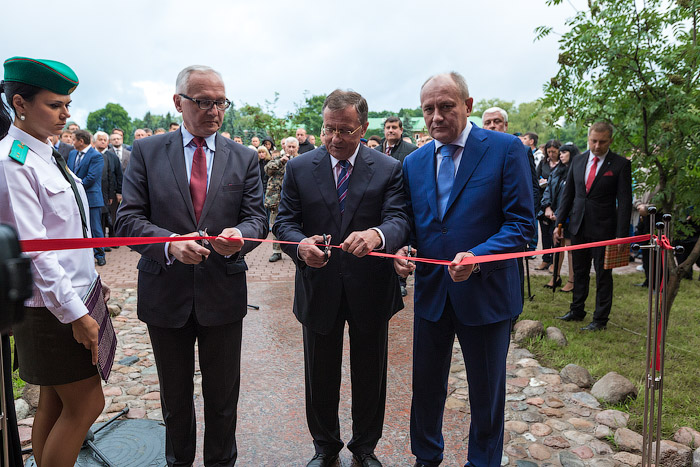
At dawn a ceremony of unveiling a new museum took place. In the photo – Boris Svetlov, Belarusian Minister of Culture, Konstantin Sumar, Chairman of the Brest Regional Executive Committee and Vitaly Markelov.
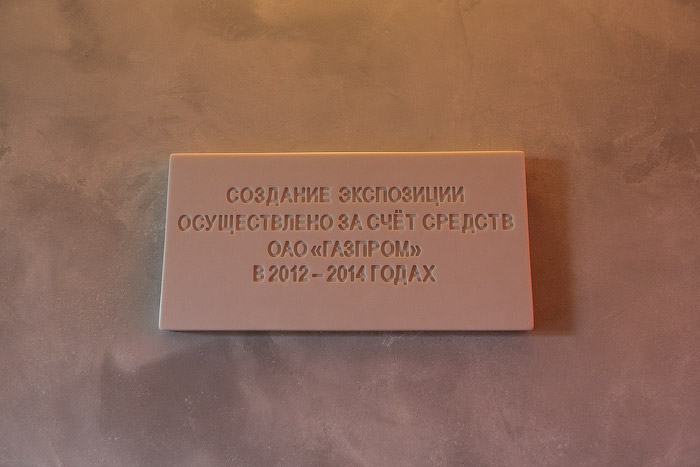
As was already said, Gazprom sponsored the museum construction and the restoration of the south-eastern barrack where it is located.
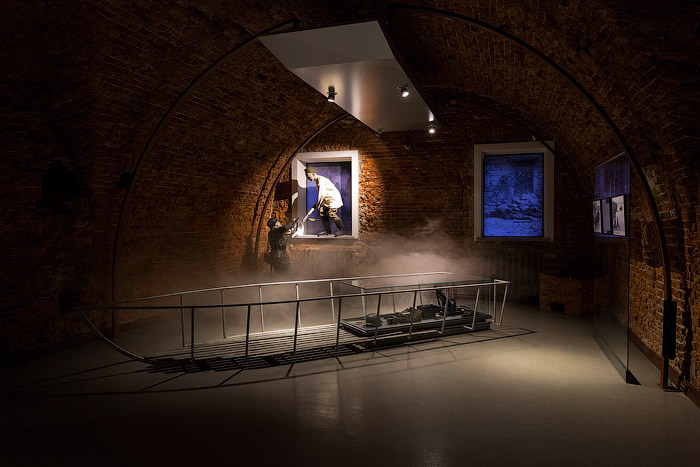
The museum area occupies around one thousand square meters. It includes eight halls containing over two thousand exhibits.

It should be noted that unlike the old museum which has long existed in the Brest Fortress, the new museum is provided with cutting-edge museum equipment.

There are plenty of multimedia screens and other special facilities that enable viewers to fully enjoy the spirit of the age and to appreciate the courage of the people who encountered extreme hardships on June 22, 1941.

The museum was called the Museum of War – Territory of Peace. It is very symbolic as nothing except for memorials and museums reminds of war in modern Belarus.
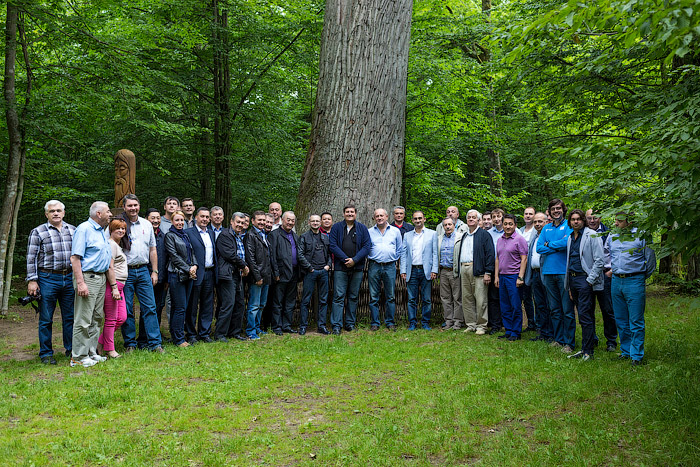
And let it always be like this. Let wherever people live there will always be the territory of peace. In the photo – trip participants near a 600-year-old oak in the Bialowieza Forest.
